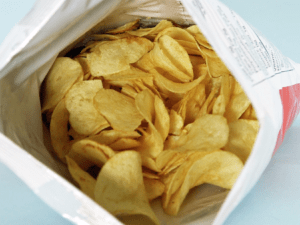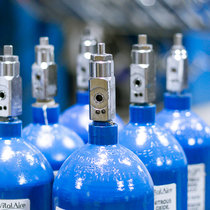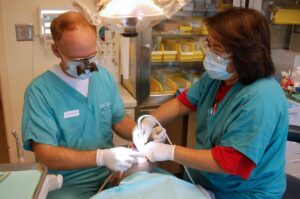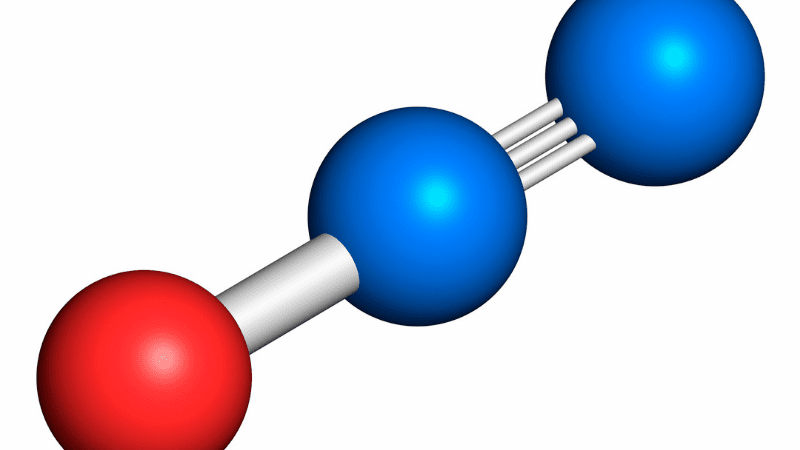Food-grade nitrous oxide can safely come in direct contact with food products and contain additives as well. Given below is a guide that draws a wider comparison between the use cases and benefits of each kind. Dive in!
Looking for a high-quality nitrous gas supply? Check out Smartwhip, your one-stop designation for your food-grade nitrous oxide requirements.
Introduction to Food grade Nitrogen Gas

When we talk about the use of nitrogen gas in the food and beverage industry, one thing is clear that the gas has no adverse effect on edible items because it is an inert, colorless, and odorless gas. Food grade nitrogen has a purity of about 99 percent and has several benefits with one being the ability to displace oxygen and avoid oxidation, which is a leading cause of food and beverage degradation.
Food grade Nitrous oxide: Common use cases and effects
The food and beverage sector utilizes nitrogen in a number of ways, so read on to learn more.
- Food packaging
In most cases, inert gas packing is done using nitrogen gas in order to suit prolonged food preservation. Gas flushing is the process that is used to fill gas inside food packaging. As a result of gas flushing, oxygen and other impurities from stored food packaging will be removed, reducing the oxidative processes that cause food to degrade more quickly.
- Preserves food and provides a longer shelf life
Nitrogen is often used for the purpose of food preservation in order to eliminate oxidative oxygen or moisture from the environment surrounding a food product. This allows the product to have a longer shelf life overall.
- Has the ability of high-speed quality freezing or chilling
Nitrogen helps in quick cooling/freezing of food products. It allows the product to preserve its quality by reducing dehydration and crumbling.
- Package pressurization
A common use of nitrogen is to pressurize a box or bottle in order to prevent it from collapsing.
- Gives texture and is used in food aeration
Food aeration is one of the most common practices where nitrogen gas is used. Aeration (especially for the chocolate industry) is a process where the chocolate is combined with gas under high pressure to create a “bubbly” texture. It is also used in the production of whipped cream in order to provide a smooth and fluffy texture.
Rowantree Company was the one that introduced an Aero bar in 1935. They were the first ones to manufacture aerated chocolate in large quantities.
- Retains taste and flavor and offers safety prevention
It’s important to use food-grade nitrogen in order to avoid oxidation, which is one of the biggest reasons behind the taste of wine getting ruined. Oxygen is extracted and prevented from coming into touch with the wine by the use of nitrogen.
Do you know why a bottle of wine is only drinkable for a few days after it has been opened? It’s because as soon as the wine comes in contact with air (which involves oxygen), its taste changes and becomes sour.
Buy food-grade nitrous oxide and other accessories at affordable prices with Smartwhip.
Introduction to Medical grade Nitrous Oxide

Being a colorless and natural element present in the Earth’s atmosphere, nitrogen holds various abilities due to which it has been used in different medical procedures for many years. It is widely used in the medical field in concentrated form, and it is a preferred treatment choice among many medical professionals because of its diverse applications.
Medical Grade nitrous oxide: Common use cases and effects

Listed below are some of the most prevalent medical uses of nitrous oxide, as well as the advantages that are most commonly seen today:
- Lowers the patient’s anxiety
Medical grade N2O is usually given to calm the patient and reduce the feeling of anxiety, frustration, and fear. This also allows the drug or medicine to work faster in the patient’s body.
- Slightly increases tolerance of pain
Medical grade nitrous oxide has the ability to lower down the mental consciousness of patients. This helps them tolerate pain and longer surgical processes. It is possible because the patient is no longer aware of what is going on.
- Reduces patient movement and reaction
Inhibited brain cell response results in drowsiness and lethargic reactions, which helps patients remain relaxed.
- Keeps the patient safe and has no side effects
Even after the use of nitrous oxide, patients can continue to speak normally with medical workers during the medical procedure. Patients stay totally safe since the gas is non-toxic and its effect wears off promptly. It also has no side effects on the physical or mental health of the patient.
FAQ
- Is it safe to use food grade nitrous oxide?
The FDA considers nitrogen gas to be a GRAS ingredient, meaning it is “generally regarded as safe” when used in line with good manufacturing practices.
- How is medical grade nitrous oxide stored?
Nitrous oxide is a non-combustible element and thus, it is preserved in gas canisters or tanks. This way, it can be precisely measured during dosage to ensure that each patient receives the exact dose they need.
- How is nitrous oxide given to patients?
In order to receive nitrous gas, the patient will have to inhale it since nitrous oxide is barely digested by the human body during a medical operation.
- Are there any precautions that need to be taken by the patient after receiving Medical grade N2O?
After receiving nitrous oxide, a patient does not need any recovery time, and they can easily return to their typical activities, such as driving, cooking, and working.
- What percentage of N2O concentration is recommended for preservation?
For the purpose of effective food packaging, a high concentration of nitrous oxide i.e 99.0% is recommended.
Summing up
A lot of people believe that several more things can be done with nitrous oxide and that we are not yet fully aware of them. Only time will tell what new medical and food applications will emerge in the future when it comes to nitrous oxide.
Choose from a variety of available food-grade nitrous oxide tanks at Smartwhip!

